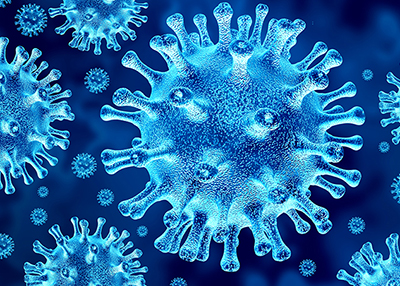
Public health emergencies like COVID-19 pandemic bring to the fore interventions that can be quickly implemented to help “slow the spread”: disinfecting surfaces, frequent hand-washing, social distancing, quarantining, protecting vulnerable individuals, and using PPE such as face masks.
These resources consider the building envelope and interventions that relate to controlling the indoor environment in ways that may be more enduring, proactive, and pre-emptive. During periods of crises, they can supplement the interventions mentioned above. At all other times, they can provide “routine” health benefits that are more convenient and less dependent on maintaining social awareness and compliance.
This presentation provides a practical understanding of how building science leads the way in developing best practices and interventions that will result in the healthier buildings of tomorrow. It includes cost-effective, actionable guidance on how to design and construct healthy and resilient building envelopes in a post-COVID-19 pandemic world.
Entitled "Healthy Buildings & the COVID-19 Pandemic: Building Science for HVAC Systems and Building Envelope Best Practices," this research report assesses the role of building science and healthy buildings in relation to controlling the risk of health threats such as the COVID-19 pandemic.
Science has been building a case, and leading us for the past 100 years, to better understand the importance of the indoor environment for human health. It has better defined appropriate target conditions for the indoor environment (e.g., temperature, humidity, and air quality) for human health, comfort, and productivity.
Managing our buildings to minimize the risk of infectious disease transmission is of paramount concern today. Every building and climate are different, making it challenging to have one approach work in all situations. Dr. Bahnfleth provided a critical review of guidance published by ASHRAE and other built environment organizations and discussed their relationship to recommendations of science and health-focused organizations like WHO.
Researchers at the National Institute of Standards and Technology (NIST) have built an online tool that could help decrease the concentration of aerosols containing the novel coronavirus in the hospital rooms of COVID-19 patients and other spaces such as offices, retail stores and residences, potentially reducing the likelihood of building occupants becoming infected.
As more offices, schools, and retail stores are reopening, many building owners and managers are considering steps they should take to reduce chances of coronavirus transmission. This blog post summarize what we know (and don’t know) about the subject and provides recommendations based on the best expert guidance in the field.
This document provides a comprehensive review of the scientific evidence on health problems associated with building moisture and biological agents.
The Indoor Air Quality Guide: Best Practices for Design, Construction and Commissioning is designed for architects, design engineers, contractors, commissioning agents, and all other professionals concerned with IAQ.
Moisture in envelope assemblies can cause numerous problems affecting the IAQ of a building and the longevity of building components. If elevated moisture levels persist on or inside a wall or roof assembly, these can lead to the growth of microorganisms such as mold and bacteria, as well as infestation by insects.
Building evidence for health including the nine foundations of a healthy building.
This document was developed by the U.S. Environmental Protection Agency, Indoor Environments Division. It provides practical guidance on how to control moisture in buildings.